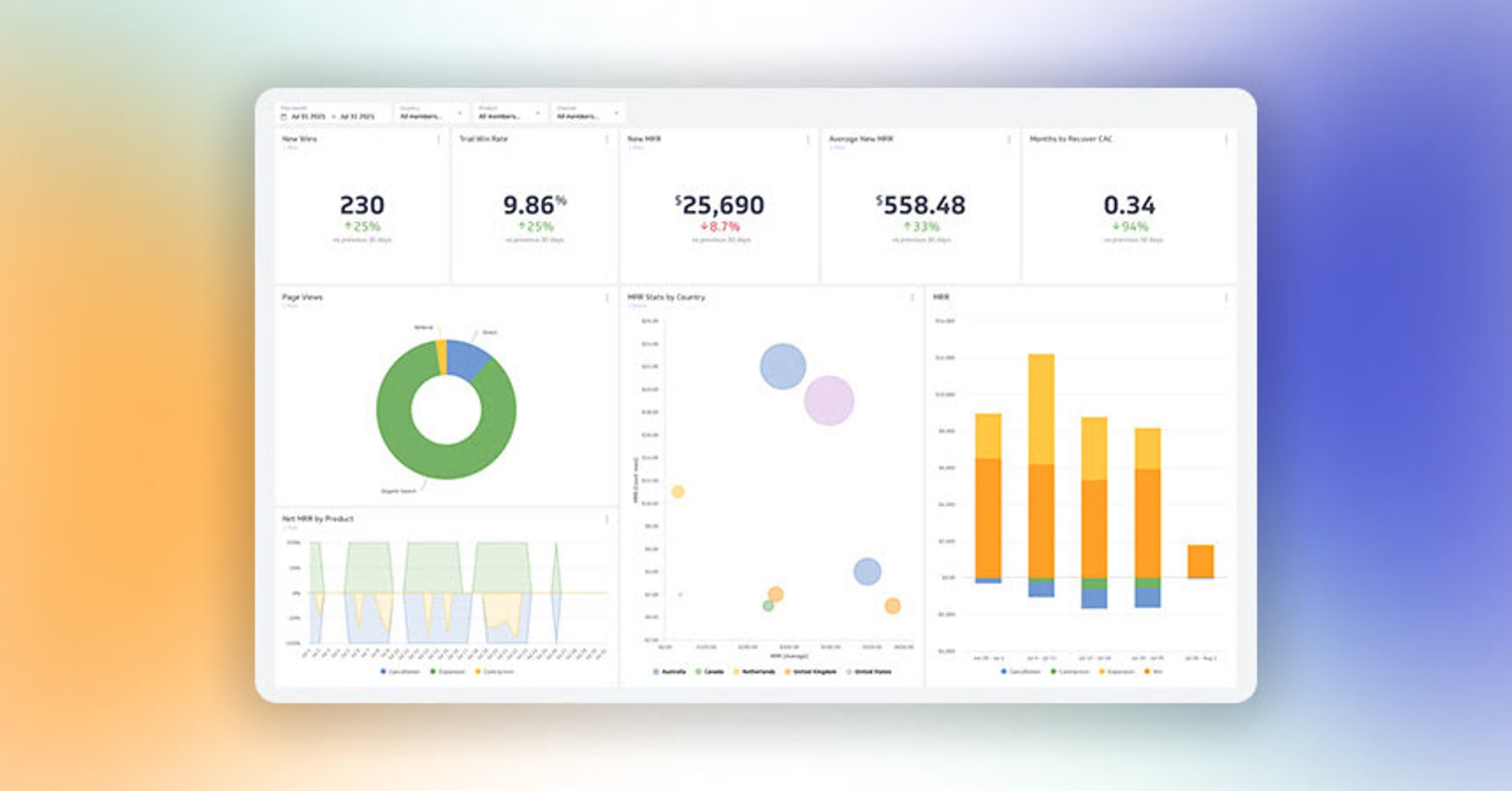How to Measure Your Account-Based Marketing (ABM) Success

Published 2025-08-14
Summary - Struggling to measure your account-based marketing efforts? ABM requires a unique approach to metrics. This guide breaks down the essential indicators of success and provides a list of sample ABM metrics you can use to prove the value of your campaigns, from engagement and pipeline velocity to ROI.
How to Build and Measure Your ABM Metrics
Account-based marketing (ABM) requires a unique approach to measurement. Unlike traditional marketing, where the focus is often on broad lead volume, ABM is about precision, personalization, and high-value accounts.
So, how do you measure success when the rules have changed?
This post will guide you through the key indicators of a successful ABM campaign and provide the specific marketing metrics you should be tracking.
What Does ABM Success Look Like?
Before diving into specific metrics, you need to define what success means for your ABM strategy. While this will vary between companies, ABM success generally falls into a few key categories.
- Speed. How long does it take to close a deal? A primary goal of ABM is to shorten the sales cycle and accelerate the time from first contact to a signed contract.
- Engagement. Are you connecting with the right people? ABM relies on personalized messaging to engage high-value accounts. Tracking how prospects interact with your content, website, and sales team is a strong indicator of success.
- Revenue. This isn’t complicated. The ultimate goal of ABM is to generate more revenue at a lower cost. It’s that simple.
- Expansion. ABM isn't just for winning new business. A key benefit is the ability to upsell or cross-sell additional services to your existing customers, increasing their lifetime value.
- Close Rate. Engagement is important, but it has to lead to revenue. Ultimately, you need to turn interested accounts into closed deals.
- Coverage. While ABM isn't a volume game, you still want to reach and convert as many of your target accounts as possible. The goal is to maximize your win rate within your defined list of high-value accounts.
Sample ABM Metrics to Track
Now that we’ve outlined the benchmarks for success, let’s map them to the metrics you'll use for measurement. You will want to mix and match these to create a reporting formula that works for your team.
ABM Revenue
This is the most critical metric. The main challenge is deciphering what revenue came from ABM campaigns versus more general marketing efforts. You may also want to compare revenue from ABM against non-ABM revenue. But be patient. ABM takes time to show results, so a comparison to other marketing revenue might not look favourable in the early days.
Key Account Touchpoints
How many times have contacts within your target accounts interacted with your brand? While a high number of touchpoints doesn't always guarantee a closed deal, it's a valuable mid-campaign indicator that your tactics are capturing your audience's attention.
Marketing Qualified Accounts (MQAs)
In traditional marketing, leads are the fundamental unit. In ABM, that unit shifts to accounts. Marketing and sales teams collaborate closely in ABM, but some standard rules still apply. This metric helps you measure how effectively your marketing team is teeing up qualified accounts for the sales team.
Return on Investment (ROI)
ROI is arguably more important in ABM than in traditional marketing. Because ABM is a focused, strategic investment, you need to justify its value. One of the core promises of ABM is that it delivers higher-value accounts more efficiently. Measuring ROI is the best way to prove it.
Reach Within an Account
Effective ABM is about achieving critical mass within an organization. You need to engage multiple decision-makers to convert an account. This metric tracks how many of your target contacts are actively engaging with your campaign, showing the depth of your penetration.
Pipeline Velocity
Pipeline velocity is another way of measuring speed. How long does it take to turn a target account into a customer? Your pipeline velocity might be slow when you first launch your ABM strategy. But as you refine your process, that timeline should get shorter, proving out one of ABM's key benefits.
In-Funnel Conversion Rates
The ABM funnel may look different, but it's still a crucial measurement tool. You’ll want to define the stages of your ABM funnel in advance and then identify the indicators that show how accounts are progressing. Look at touchpoints and key conversion goals, such as booked meetings, opportunities created, and—ultimately—how many accounts in your funnel become customers.
Related Articles

Top 10 Marketing Dashboard Ideas for Tech Companies

17 KPIs Every Data-Driven Manager Needs to Lead Their Team
By Danielle Poleski — October 14th, 2025
7 ways to present KPIs that your management team will love
By Danielle Poleski — September 25th, 2025

